White Bugs That Look Like Lint: Common Households Pets
You might be familiar with small, white bugs that appear to be lint scattered throughout your home. These tiny pests are a common household nuisance, yet many people are unsure of their identity or how to effectively eliminate them. Some insects have developed a strategy to blend in seamlessly with their surroundings by taking on a lint-like appearance. This unique adaptation allows them to evade natural predators and better survive in their environments. As we explore the world of insects that resemble lint, you’ll discover fascinating examples of evolutionary adaptations that help these tiny creatures thrive.
24 White Bugs That Look Like Lint
Mold Mites
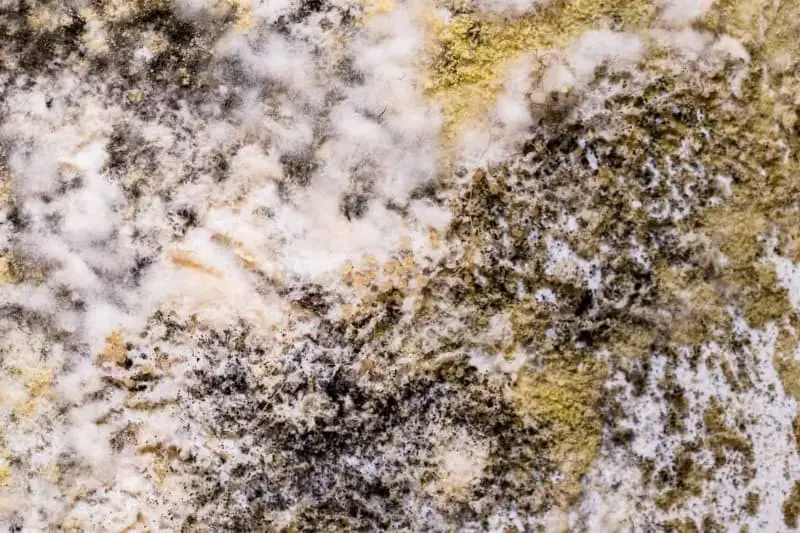
Tyrophagus putrescentiae is a small arthropod that typically inhabits damp or humid environments, where it feeds on mold and fungi. This species thrives in areas with excessive moisture buildup, such as bathrooms, basements, and attics. Despite their presence, mold mites are harmless to humans, neither biting nor stinging. However, their sheer numbers can be a nuisance.
Cotton Cushion Scales
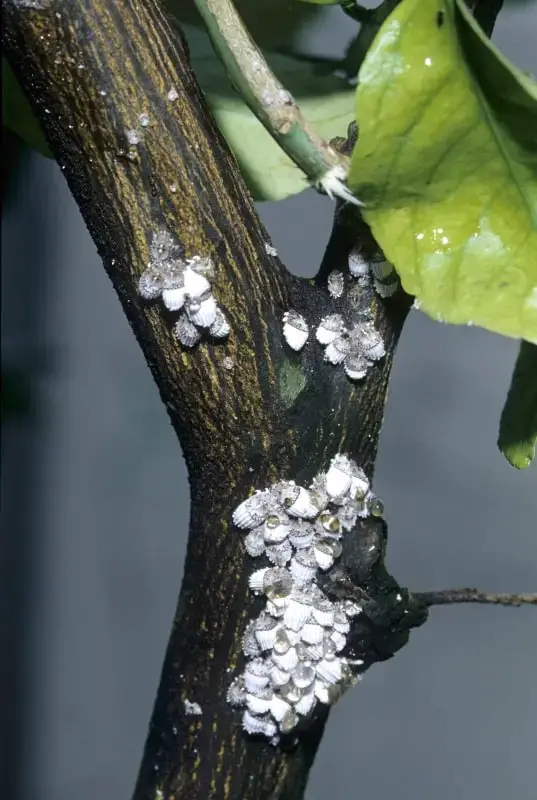
Icerya purchase, commonly known as cottony cushion scales, possess a unique life span of 121 to 182 days. As pests, they thrive on the sap of various plants, with a particular fondness for citrus trees. Their distinctive feature is the production of white, cottony egg sacs by females, earning them their namesake. Adult scales measure approximately 1/8 to 1/4 inch in length and display a brown or reddish hue.
True Cochineal Bugs
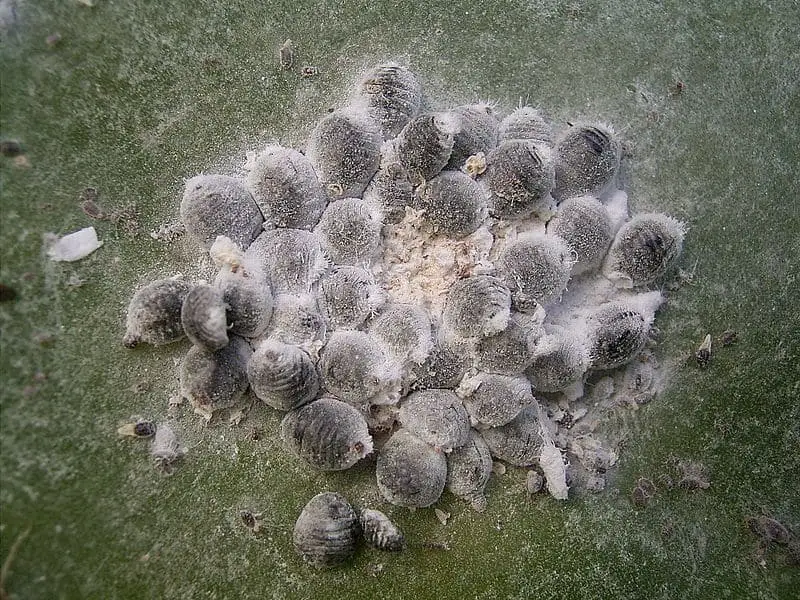
Dactylopius coccus, a fascinating insect with a remarkable life cycle that spans approximately 70 to 90 days. Its unique characteristic lies in the production of cochineal, a vibrant red dye derived from the crushed bodies of female insects. This natural pigment has been highly valued throughout history. In their native habitat, these tiny bugs (measuring about 1/8 inch in length) feed on the sap of various cactus species, including the prickly pear cactus. Unfortunately, their feeding habits can cause damage to the plants they depend on. Interestingly, the female insects are covered in a hard, protective outer shell, providing them with a unique defense mechanism.
Root Aphids
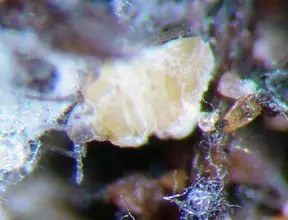
Pemphigus Betae, a type of root aphid, has a relatively short lifespan of 10 to 30 days. Characterized by their small size and underground feeding habits, these aphids tend to evade detection until significant damage is already being done to the plant. As a result, identifying and controlling a root aphid infestation can be quite challenging.
One common indicator of a root aphid infestation is the yellowing or wilting of leaves on affected plants. This can often be accompanied by reduced growth rates and stunted or deformed plant development.
White Maggots
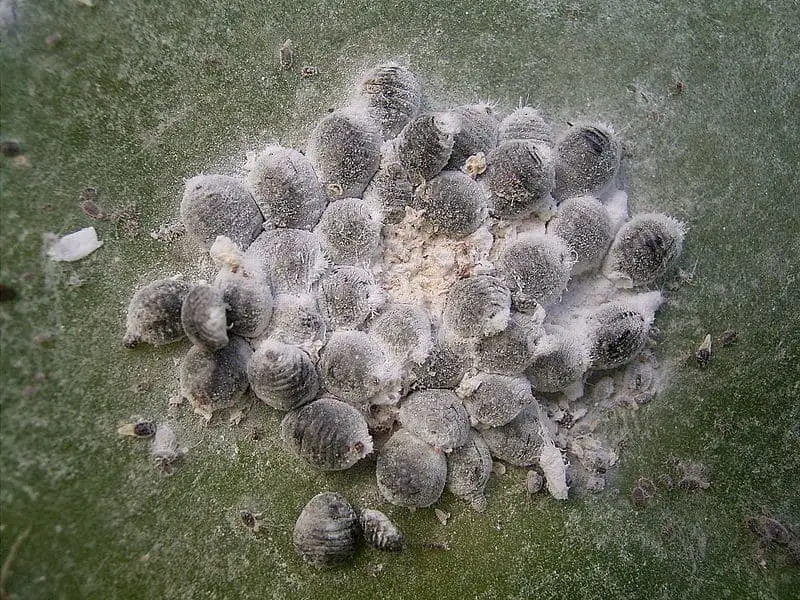
Lucilia sericata, a fly species notable for its distinctive characteristics, boasts a remarkably short lifespan of just six days. The larvae of this insect are diminutive, legless, and worm-like in appearance, typically presenting themselves as white or pale hues. These larvae tend to flourish in environments where decomposition is rampant, such as areas replete with garbage, compost, or carrion – a perfect setting for them to feed and grow.
Not surprisingly, many fly species produce similar larvae that thrive in various settings, including homes, gardens, and farms.
Newly Hatched Bed Bugs

Bed bugs, classified under the scientific name Hemiptera: Cimicidae, possess a relatively short lifespan of four to six months. As parasitic insects, they rely on feeding on human and animal blood for sustenance. Their habitats of choice are often found in or near beds, where they can effortlessly target their hosts during slumber.
One of the primary challenges in controlling bed bugs is their diminutive size and stealthy nature. These pests are adept at hiding in a variety of locations, such as furniture, bedding, and behind walls or floor coverings. The consequences of an infestation include severe itching and skin irritation.
Cat Flea Larvae

The cat flea’s immature form is known as Ctenocephalides felis, a small, wingless insect that feeds on the blood of animals. Its hosts include felines, canines, and even humans. These larvae are remarkable for their ability to consume organic matter, such as the waste left behind by adult fleas. In fact, proper treatment of pets with flea control products is crucial in preventing infestations. Interestingly, cat flea larvae typically survive between 4 to 25 days.
Woolly Aphids
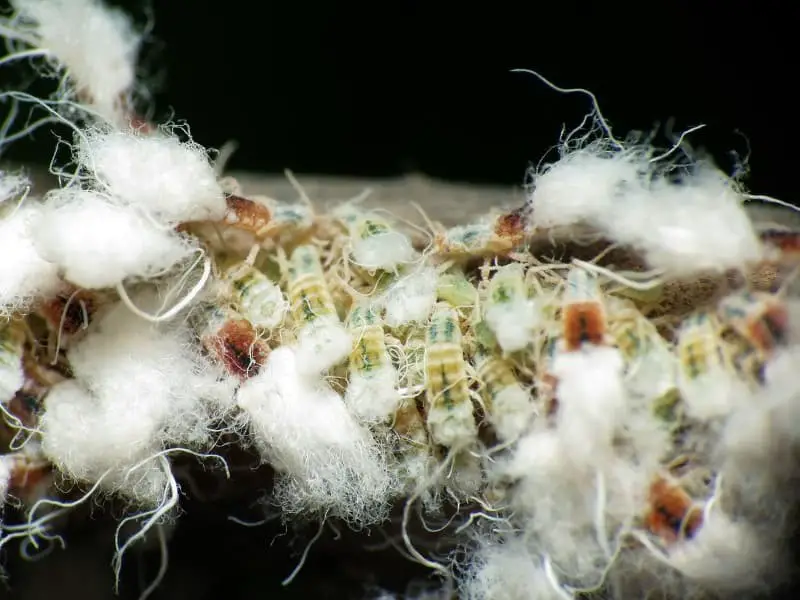
Eriosomatinae, a type of woolly aphid, is characterized by its unique ability to produce a waxy, white substance that covers its body and serves as a protective barrier. This feature allows it to retain moisture and distinguishes it from other insects in the same species. With a relatively short life span of 4-10 days, these small insects feed on plant sap, making them an important consideration for gardeners and farmers alike. Regular monitoring of plants for signs of infestation, followed by swift removal and destruction of visible insects or egg masses, is crucial to preventing the spread of these pests.
White Flies
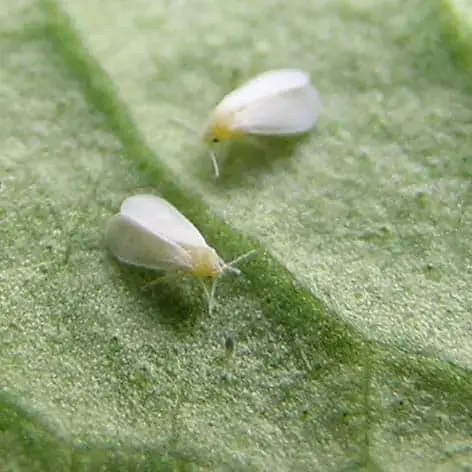
The Trialeurodes vaporariorum, also referred to as the greenhouse whitefly, is a tiny, winged insect that measures approximately 1/16 to 1/8 inch in length. Its body is typically white or yellowish in color and features two wings, allowing it to fly short distances. These insects are known to thrive in areas proximal to their host plants, where they feed on the sap of the vegetation.
Mealy Bugs
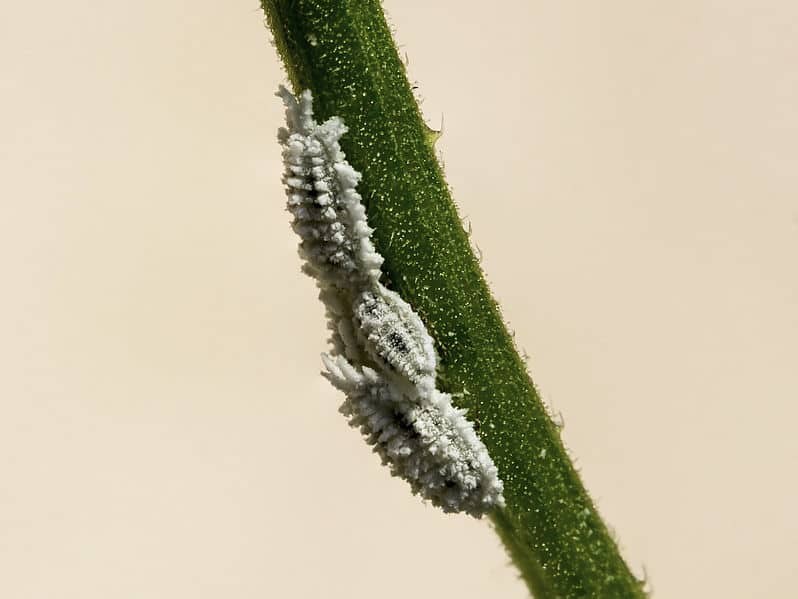
Pseudococcidae, a type of sap-sucking insect, boasts a life span of mere days, ranging from 5 to 10. These tiny creatures thrive on a diverse range of plants, encompassing indoor flora, outdoor ornamentals, and agricultural crops alike.
Mealybugs are diminutive in stature, measuring approximately 1/8 to 1/4 inch in length. They congregate in clusters on plant stems, leaves, or roots, making them easily detectable with regular inspections.
It is crucial to monitor plants for signs of infestation regularly, as this can greatly aid in controlling mealybug populations. Notably, these insects pose no threat to human health.
Soil Mites
Soil mites, scientifically known as Acari, inhabit the soil and subsist on organic matter. This tiny arthropod population thrives in environments rich in organic nutrients, often found in abundance around compost piles. Notably, these microscopic creatures pose no harm to humans, nor do they possess any biting or stinging capabilities. Instead, they contribute positively to plant growth by facilitating the decomposition of organic matter and enhancing soil structure.
Termite Larvae
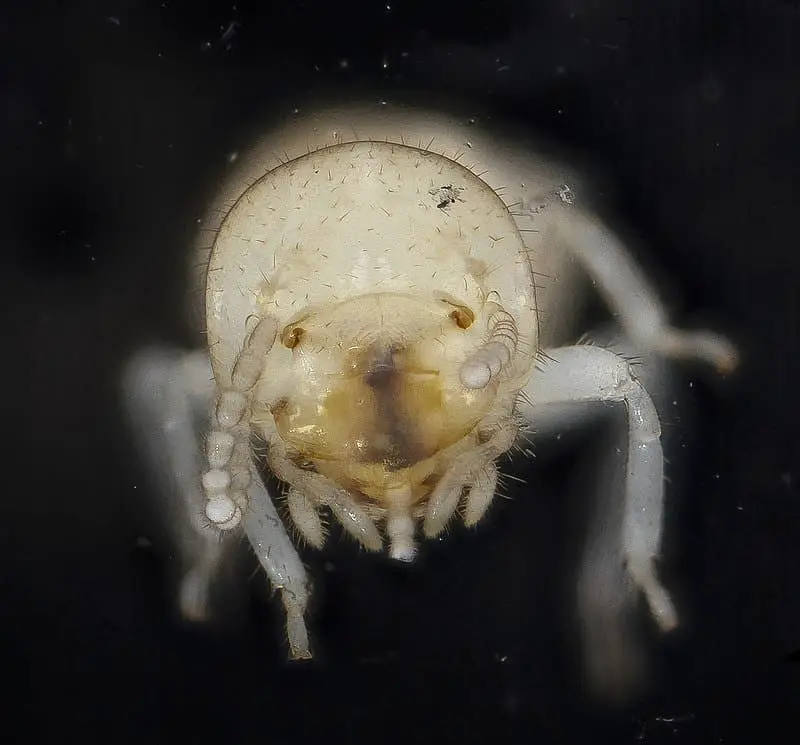
Isoptera, a termite species, boasts a remarkably short life span of just one to two years for its larvae. These immature forms are the foundation of a thriving colony, characterized by their wood-feeding habits. A social insect in nature, termites organize themselves into distinct castes: workers, soldiers, and reproductive insects. As they mature, termite larvae assume crucial roles within the colony, offering sustenance and labor to support its growth and survival.
Plaster Bug worms
Phereoeca uterella, a species of plaster bug, is characterized by its brief life span of approximately 2.5 months. Measuring just 1/8 inch in length, these small insects are often white or reddish in color. Despite their diminutive size, they can cause significant damage to buildings by feeding on plaster and leaving behind tiny, powdery holes. The resulting destruction can weaken structures and lead to an unpleasant accumulation of feces.
Beech Scale Bugs
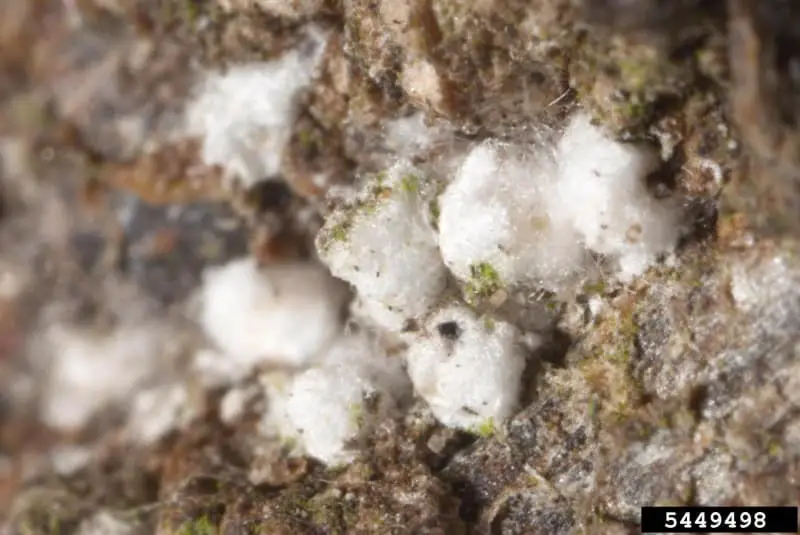
The European Beech Tree (Fagus sylvatica) is home to a tiny but troublesome pest: the beech scale insect. Measuring just a few millimeters in length, these sap-sucking insects thrive on the leaves of their host tree. You’re most likely to find them clustering on branches and trunks, although they can occasionally infest American Beech trees as well. Unchecked, heavy infestations can significantly weaken the tree’s defenses, making it more vulnerable to other pests and diseases. Fortunately for humans, these insects pose no direct threat. However, their impact on the tree itself cannot be overstated.
White Springtails

Within the phylum Arthropoda lies a unique order known as Collembola, comprising small, wingless insects aptly named Springtails. These tiny creatures have earned their name due to an extraordinary ability – they can jump with remarkable agility thanks to a specialized structure called a furcula. Springtails play a vital role in the ecosystem by contributing to the decomposition and recycling of organic matter, thereby maintaining environmental balance. In case you’re confronted with an overabundance of Springtails in your yard or garden, consider addressing excess moisture as a potential solution.
Booklice
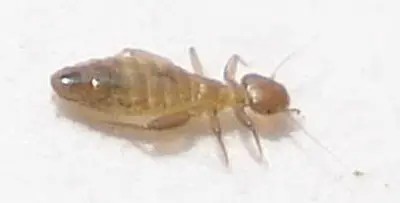
Booklice, scientifically classified as Psocoptera, are tiny, wingless insects that thrive in damp or humid environments. These psocids typically measure less than 1/16 inch (1.5 mm) in length and display a pale or light brown coloration. Often found near stored food and paper products, booklice can be a nuisance to deal with. Their propensity for infesting books emphasizes the importance of managing these tiny insects. To alleviate an infestation, consider reducing humidity levels in the affected area.
Dust Mites
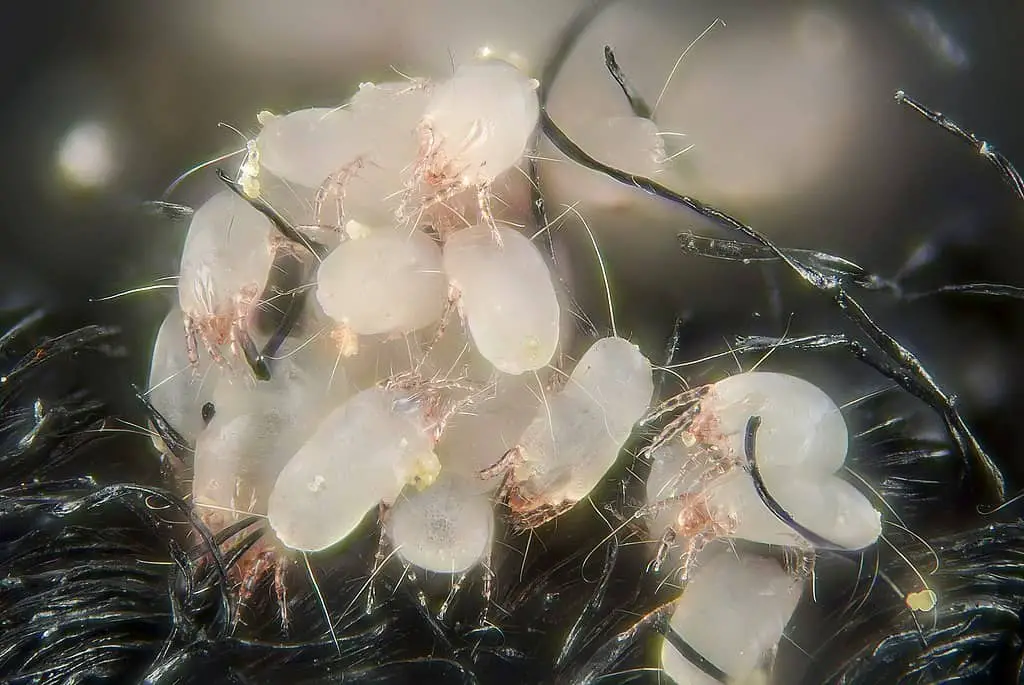
Dermatophagoides, a subclass of Acari, refers to a type of eight-legged arthropod commonly found in most homes. These small, yet pesky creatures are known for their remarkable ability to thrive in nearly every household environment. As a major allergen source, dust mites can cause a range of symptoms, including respiratory issues like wheezing and difficulty breathing, which may be indicative of an asthmatic condition. To mitigate this risk, maintaining a clean and well-ventilated home is crucial. Furthermore, taking proactive measures such as spraying exposed wood with insecticide can effectively deter dust mites from inhabiting these areas.
White Spider Mites
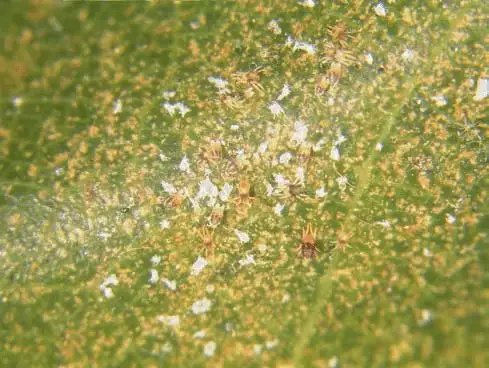
White spider mites, scientifically known as Tetranychus urticae, have a relatively short lifespan of two to four weeks. As small, sap-sucking pests, they feed on the leaves, stems, and fruit of many plant species. These tiny arachnids are characterized by their pale or white coloration, often residing on the undersides of leaves. Infestations typically manifest as yellowing or stippling of leaf surfaces, accompanied by wilting and leaf loss. Interestingly, these mites pose no threat to human health, despite their ability to cause significant damage to plant material.
Body Lice

Body lice, scientifically classified as Pediculus humanus humanus, are parasitic insects that feed on human blood and thrive in areas with poor sanitation or overcrowding. These tiny pests have a relatively short lifespan of 30 days, but can still cause significant discomfort and distress.
Infecting humans, body lice are a type of louse that relies on the human host for sustenance. They tend to flourish in environments where personal hygiene is compromised, making them more prevalent in areas with poor living conditions.
Treatment typically involves medicated shampoos or lotions, which can effectively eradicate infestations. Additionally, maintaining good general hygiene and cleanliness habits helps prevent lice infestations from occurring in the first place.
The symptoms of a body lice infestation include itching, irritation, and inflammation of the skin. While not typically life-threatening, these conditions can still cause significant distress and discomfort.
White Aphids
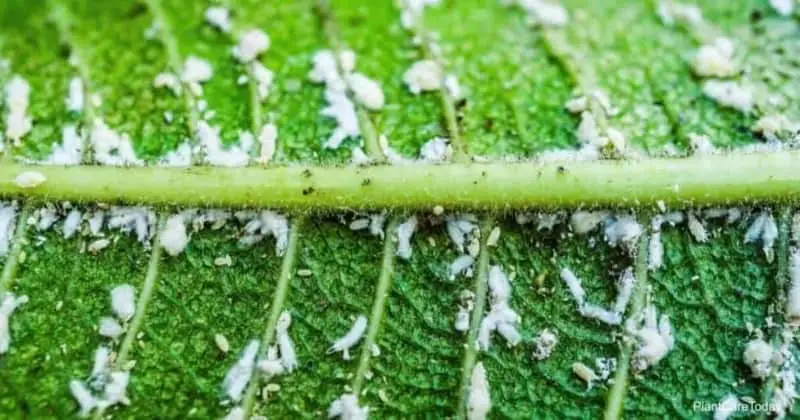
Aphidoidea, also known as white or pale aphids, are a distinct species that thrive on the undersides of leaves, where they feed on plant sap. They have a relatively short life span of approximately 30 days. These tiny insects are commonly found in vegetable gardens and fruit trees. Given their propensity to infest plants, it’s crucial to regularly monitor your crops for signs of infestation and implement a combination of physical, cultural, and chemical control measures to effectively manage the population. By doing so, you’ll be able to prevent any potential damage to your plants.
Rodent Mites
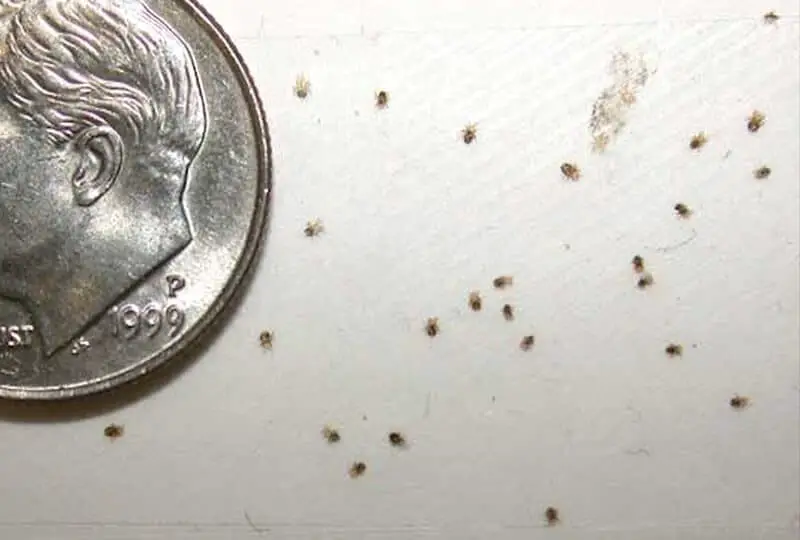
Ornithonyssus bacoti, a rodent-specific parasite, has a remarkably short lifespan of just six weeks. These tiny, eight-legged mites thrive by feeding on the blood of rodents like rats and mice, often found on their bodies or in their nests and burrows. While they may seem insignificant, these pests can cause significant discomfort for their hosts, inducing irritation, itching, and skin inflammation. Furthermore, rodent mites have been known to transmit diseases to humans, making it crucial to seek the expertise of professional pest control services for accurate diagnosis and effective treatment.
Spring Tails
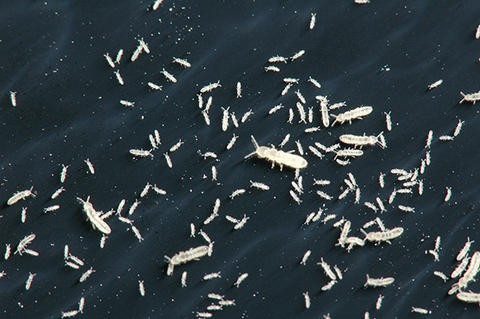
Springtails, scientifically classified as Collembola, are tiny, wingless creatures that thrive in a relatively short lifespan of three to five weeks. Measuring between 1-4 millimeters in length, these insects possess pale or light-colored bodies, characterized by their elongated and segmented structure. A notable feature of springtails is the powdery substance that covers their bodies, providing protection against desiccation. This adaptation not only aids in their survival but also plays a crucial role in their ecological importance. As beneficial insects, springtails contribute significantly to the breakdown and recycling of organic matter within their environment.
Pot Worms
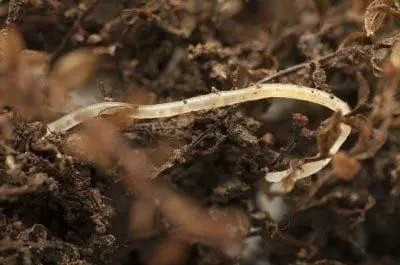
The Phylum Annelida is home to pot worms, also known as enchytraeids or enchytraeus worms. These small, segmented creatures typically measure less than half an inch (1.3 cm) in length and appear pale or white in color. Found abundantly in gardens and landscapes, pot worms are a common sight.Despite their relatively short life span of four to six weeks, pot worms play a crucial role in the ecosystem. They contribute to soil structure and fertility, making them beneficial for the environment. Moreover, they serve as an essential food source for many birds, highlighting their importance in the delicate balance of nature.
Thrips
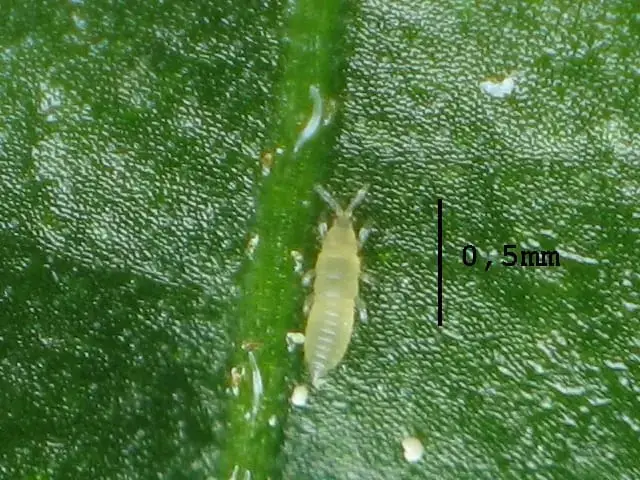
Thysanoptera, a lesser-known order of insects, comprises tiny, slender creatures called Thrips. These minute beings are characterized by their length, which rarely exceeds 1/8 inch (3 mm), and their color palette, often featuring shades of yellow, brown, or black. Their elongated bodies and fringed wings make them stand out from other insects. One of the most striking aspects of Thrips is their rapid, darting movement. This unique behavior allows them to navigate their surroundings with ease.
Pruning infested branches remains a crucial step in managing thrip populations. By carefully removing and destroying affected leaves, gardeners can significantly reduce the overall population of these pests.
Conclusion
By this point, you should have developed an eye for spotting white bugs that resemble lint. However, it’s not uncommon to mistake them for other species that possess a similar appearance. Many insects have evolved unique adaptations that justify their white coloration, and these adaptations can be influenced by factors such as the insect’s environment and species. Despite this, accurately identifying these insects can prove difficult without proper knowledge of each species’ characteristics. This article aims to shed light on the most common insects that share a striking resemblance with lint.






